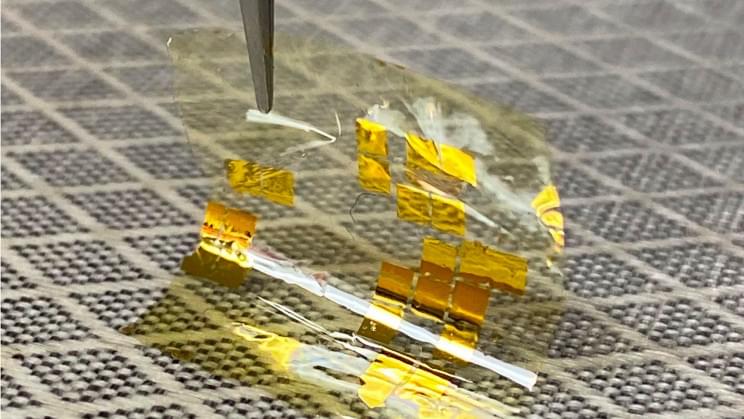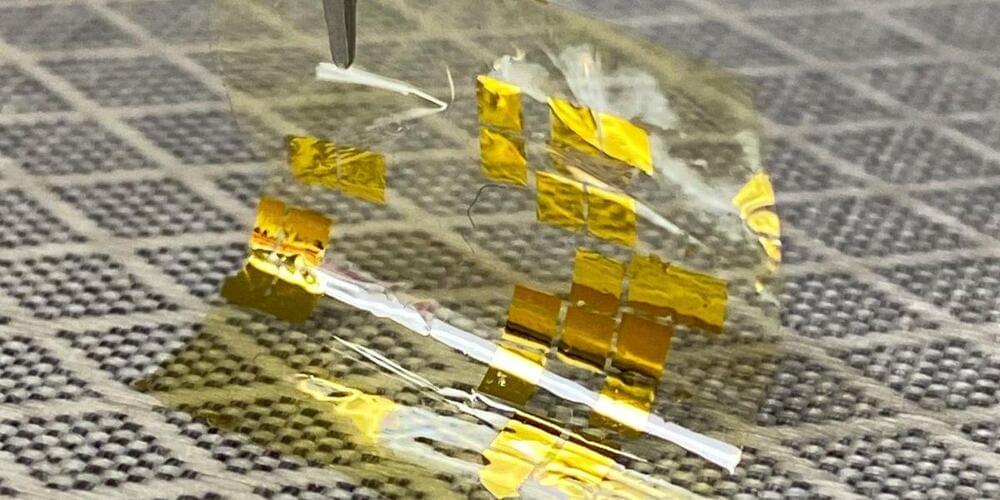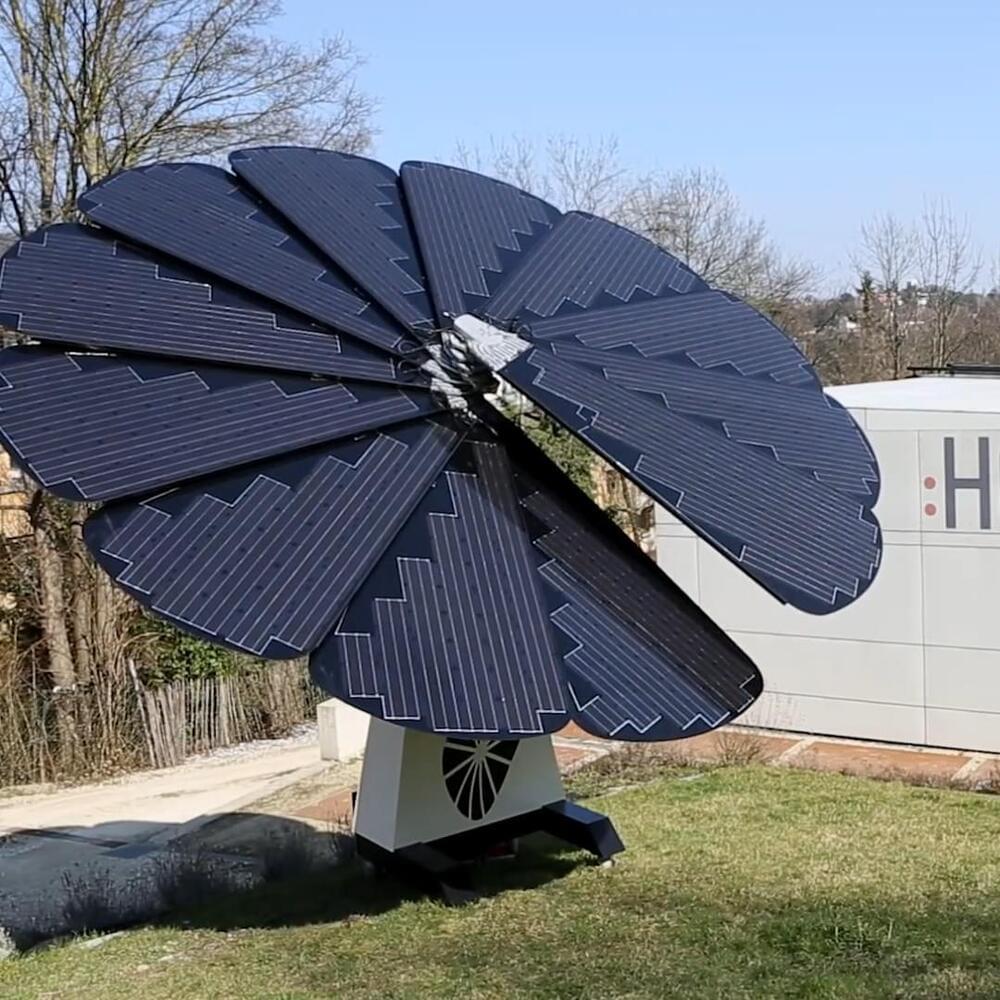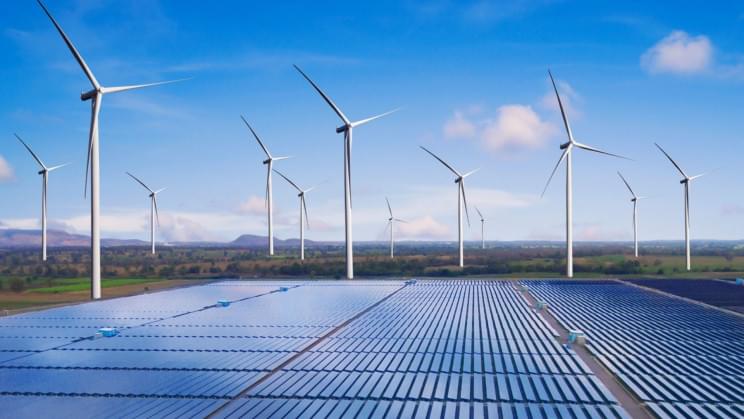And it could work in wearables and light aircraft.
Researchers at Stanford University are developing an efficient new solar panel material that is fifteen times thinner than paper, a press statement reveals.
Made using transition metal dichalcogenides (TMDs), the materials have the potential to absorb a higher level of sunlight than other solar materials at the same time as providing an incredibly lightweight alternative to silicon-based solar panels.
Searching for silicon alternatives The researchers are part of a concerted effort within the scientific community to find alternative solar panel materials to silicon. Silicon is by far the most common material used for solar panels, but it’s heavy and rigid, meaning it isn’t particularly well suited to lightweight applications required for aircraft, spacecraft, electric vehicles, or even wearables.
Full Story:







